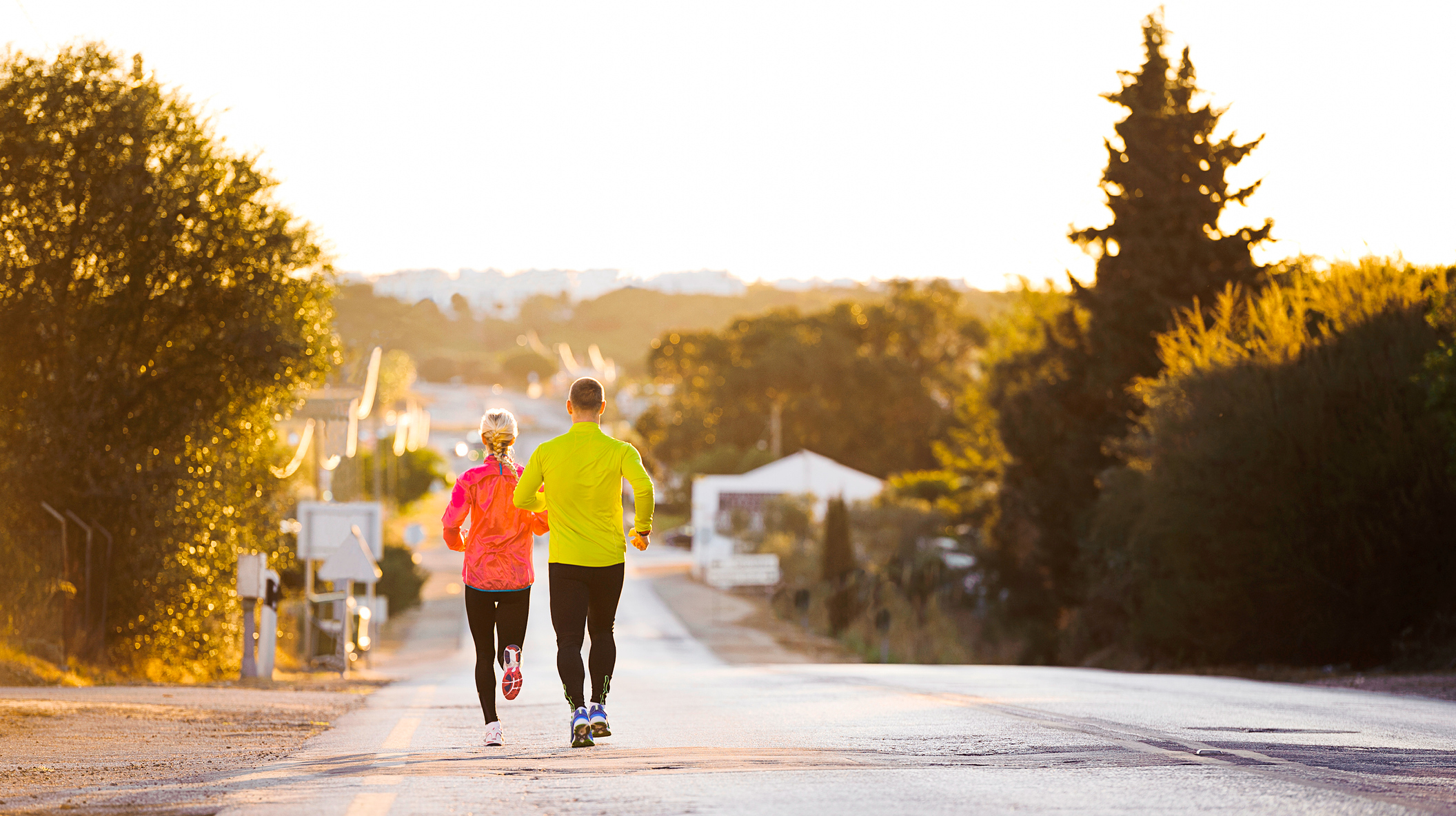
Ask any runner who has completed the Boston Marathon what the toughest feature of the race is and they’re likely to say the inclines. The Boston Marathon course is renowned for the cluster of climbs runners have to tackle in the second half of the race—with the most famous ascent being Heartbreak Hill between miles 20 and 21.
However, while the old adage “what goes up must come down” doesn’t always apply to point-to-point running events like the Boston Marathon, it’s true that runners spend a lot of time going downhill in the race, and it’s important that your training takes this into account.
That’s what Stephen Haas, coach of the Under Armour Dark Sky Distance team, told Coach at the launch of the Under Armour Infinite Elite running shoe. Haas is preparing New York City Marathon 2022 winner Sharon Lokedi for Boston, and has adapted her training to take Boston’s downhills into account.
“We try to adapt to the course,” says Haas, “and we’ve been making sure that we incorporate more downhill running into training. I think the downhill is more important, you have to make sure the legs are calloused for the downhills.
“In Boston you have a lot more downhill than you have in New York and that’s the area where, if your legs aren’t ready for it [and] you beat them up at mile 16 you’re going to have a long way to the finish.”
Mile 16 is worth noting because there’s a significant downhill around that point in the race, which is just before the four big climbs on the course. The first half of the race is mostly a mild downhill, so if you’ve pounded through that, then charged down the descent just before mile 16, your legs could be toast if you haven’t conditioned them during training.
It’s something US pro Colin Mickow also highlighted when we spoke to him about how elite runners train for the Boston Marathon.
Another thing Haas flagged, which is important for all road marathons, is to spend a lot of time training on the road. For most people that isn’t a problem, but if you’re blessed with abundant trails nearby you might almost always run on them—but you need to have some road runs in your legs to prepare for the event.
“In places like Flagstaff, Arizona, and Kenya, you have to seek out road running,” says Haas. “Not a lot of people have that problem, but we actually have to seek that out and make sure that we’re doing long runs on pavement and getting our legs used to the pounding that you get from the road.”






